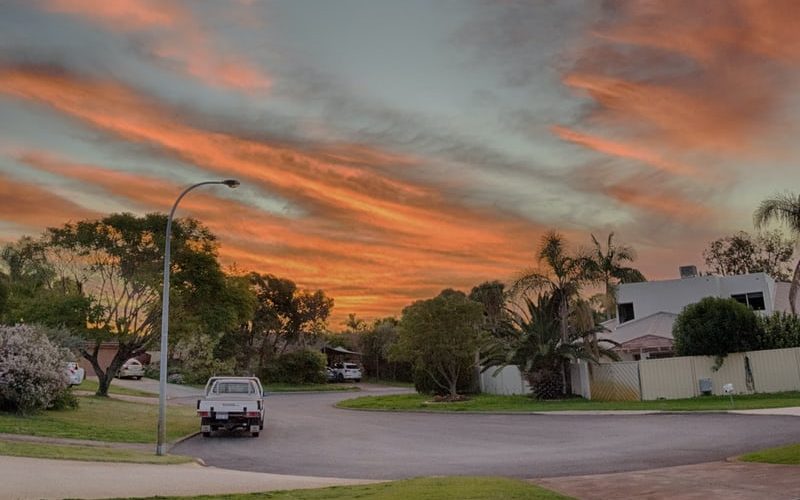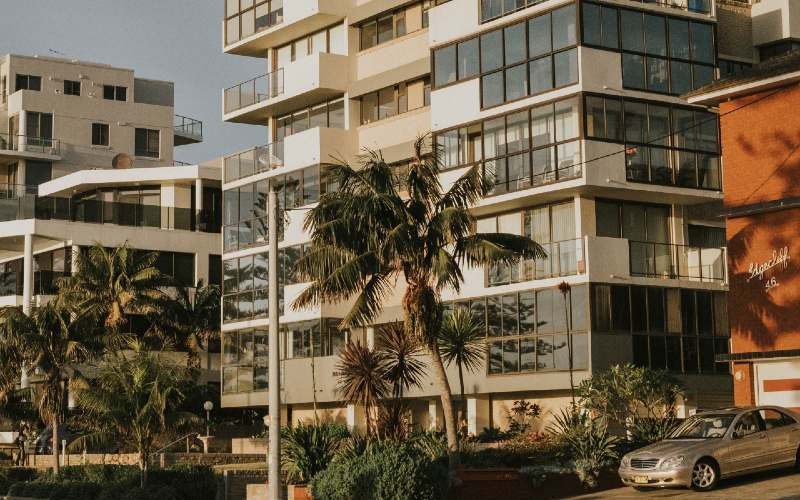However it appears residential property investing has largely flatlined among those making up what the market operator dubs the ‘next generation’ cohort.
In 2023, 32% of young investors boasted a residential investment property – just 1% more than in 2020 - according to the survey of 5,519 adults.
Over that same period, they’ve doubled down on other investment options such as shares and exchange traded funds (ETFs).
Of next generation investors, 43% currently hold Australian shares, 25% hold international shares, and 33% are invested in ETFs. That’s up from 36%, 15%, and 20% respectively in 2020.
The study also found 31% of young investors own cryptocurrency. It’s the first time digital currency has been included in the report.
They make up 9% of the marketplace, have a median portfolio size of $45,500, and are more likely to be aiming to build an income stream from their investments.
Interestingly, 53% prefer to turn to YouTube and 41% to short video formats to learn about investing, while another 35% look for investing information on social media.
Across the broader investing pool, meanwhile, the number of investors boasting residential property in their portfolios has slumped.
Only 35% of all Aussie investors now hold an investment property compared to 39% in 2020 – the biggest drop of any asset class.
So, while older Australians appear to be behind much of the drop noted in the ASX’s study, their younger counterparts don’t look to be picking up their slack.
A sign of a broader wealth-building trend?
Let’s look a few decades into the past. Back then, investing on the stock market was an entirely different beast.
The pre-internet days of stock market investing evokes images of chaotic exchange floors, where savvy investors were forced to pick up the phone – or even walk into a physical broker branch – before they could even think about making a trade.
Today, all one needs to do is sign up for an online brokerage to begin investing in equities. They can also find all sorts of company information at the click of a button.
Such technology has eliminated many of the barriers previously stopping many from investing in shares, according to John Winters, CEO and co-founder of online trading platform Superhero.
“Historically, there’s been an accessibility issue where a lack of financial literacy combined with high fees have restricted younger investors from taking the first step,” Mr Winters told Savings.com.au.
“With the rise of platforms like Superhero, coupled with more accessible financial education and insights across podcasts, social content and more, we are helping to ease the financial barriers to entry.”
However, the shift towards the equity market might signify a few red flags.
The ease of access to stock market trading, thanks in part to a rise in fintech apps, appears to have “gamified” some people’s investing habits, according to founder, chief analyst, and head trainer at Wealth Within Dale Gillham.
That may have been intensified by a (mostly) booming technology sector and the rise of Bitcoin and other cryptocurrencies.
What might have driven young Aussies to the stock market?
Mr Gillham also pointed to a plethora of recent events that could be driving younger investors towards equity over property.
A decline in housing affordability is almost certainly the most impactful.
In recent months, the cost of housing has generally continued rising amid continual interest rate hikes and increasing construction costs.
It was only in April 2022 that the Australian cash rate was at a record low 0.1%. As it stands today, the official rate is 400 basis points higher at 4.1% – an 11 year high – with many pointing the blame at the RBA and Governor Philip Lowe, for acting too slow and being too austere to compensate.
Meanwhile, high energy prices, supply chain issues, and labour shortages bears much of the blame for driving the cost of construction materials upwards.
Other barriers to property investing include a lack of liquidity, which Mr Gillham said could see younger Australians putting property investing in either the “too-hard basket” or the “’I can’t see how I can afford a house’ basket”.
Finally, he pointed out the impact of lifestyle changes brought about by the pandemic. Many of us saw our lives restricted to our homes for weeks or months at a time in an effort to stop the spread of COVID-19.
The resulting spare time and a desire for extra income streams (and the low interest rates, at the time) almost certainly saw young people’s interest in the share market spike.
“Why place savings into a bank account when you can buy blue-chip shares paying higher dividends than the bank?” he said.
“You also get the bonus of capital gains on your money, which makes saving for a house much quicker.
“It is not surprising the young are shying away from this area [of property investment]."
But, while young Australians aren’t significantly increasing their grip on investment properties, they don’t appear to be exiting the market at the same rate as their older counterparts.
In fact, most are still gunning to enter the property market – whether it be into their first house or to snap up an investment property.
Investing in equities a means to an ends for property ownership?
Research has found many young Australians are investing in equities in an effort build the wealth needed to get on the property ladder to start with.
Dr Michael Fotheringham, managing director of the Australian Housing and Urban Research Institute (AHURI), notes would-be property owners are using sophisticated strategies to raise the cash needed to land a mortgage.
A report published by the institute earlier this year, titled Pathways to home ownership in an age of uncertainty, found raking together a deposit to be the toughest barrier to home ownership for young people. To clamber over that barrier, many have turned to investing.
“Evidence shows young people want to own home, but employment isn’t going to get them there,” Dr Fotheringham told Savings.com.au.
“Many young people are working second jobs and invest in shares to build enough wealth to get into the market.”
As part of the research, 867 Australians aged between 25 and 34 living in Sydney or Perth were surveyed.
It found 42% of Sydneysiders and 38% of Perthites held investments outside of the property they lived in and their superannuation. Of those, three quarters were choosing to snap up non-property investments – including shares – to build wealth.
Other young Aussies were turning to shares to smooth out income and spending variability.
The report also noted it's broadly considered easier to build a property portfolio once you already own a property, as an owner can then leverage capital growth.
PEXA research found more than a quarter of all property sales in Australia’s eastern states last year were funded without a mortgage.
This indicates younger buyers are bearing the brunt of interest rate rises, according to Real Estate Institute of Queensland CEO Antonia Mercorella.
“These cash property sales were made in typical retiree suburbs and suggest there’s many boomers who are not only unaffected by sharply rising interest rates, their savings are actually benefiting from them,” she said.
So, what might look like young Aussies turning away from the property market may well be the opposite.
It may instead show many young people are making the most of what they’ve got so to reach their eventual goal – property ownership.
Advertisement
Buying a home or looking to refinance? The table below features home loans with some of the lowest interest rates on the market for owner occupiers.
| Lender | Home Loan | Interest Rate | Comparison Rate* | Monthly Repayment | Repayment type | Rate Type | Offset | Redraw | Ongoing Fees | Upfront Fees | LVR | Lump Sum Repayment | Additional Repayments | Split Loan Option | Tags | Features | Link | Compare |
|---|---|---|---|---|---|---|---|---|---|---|---|---|---|---|---|---|---|---|
6.04% p.a. | 6.06% p.a. | $2,408 | Principal & Interest | Variable | $0 | $530 | 70% | Featured Online ExclusiveUp To $4K Cashback |
| |||||||||
5.99% p.a. | 5.90% p.a. | $2,396 | Principal & Interest | Variable | $0 | $0 | 80% | Featured Apply In Minutes |
| |||||||||
6.14% p.a. | 6.16% p.a. | $2,434 | Principal & Interest | Variable | $0 | $250 | 60% | Featured Unlimited Redraws |
|

Ready, Set, Buy!
Learn everything you need to know about buying property – from choosing the right property and home loan, to the purchasing process, tips to save money and more!
With bonus Q&A sheet and Crossword!






 Harry O'Sullivan
Harry O'Sullivan
 William Jolly
William Jolly













